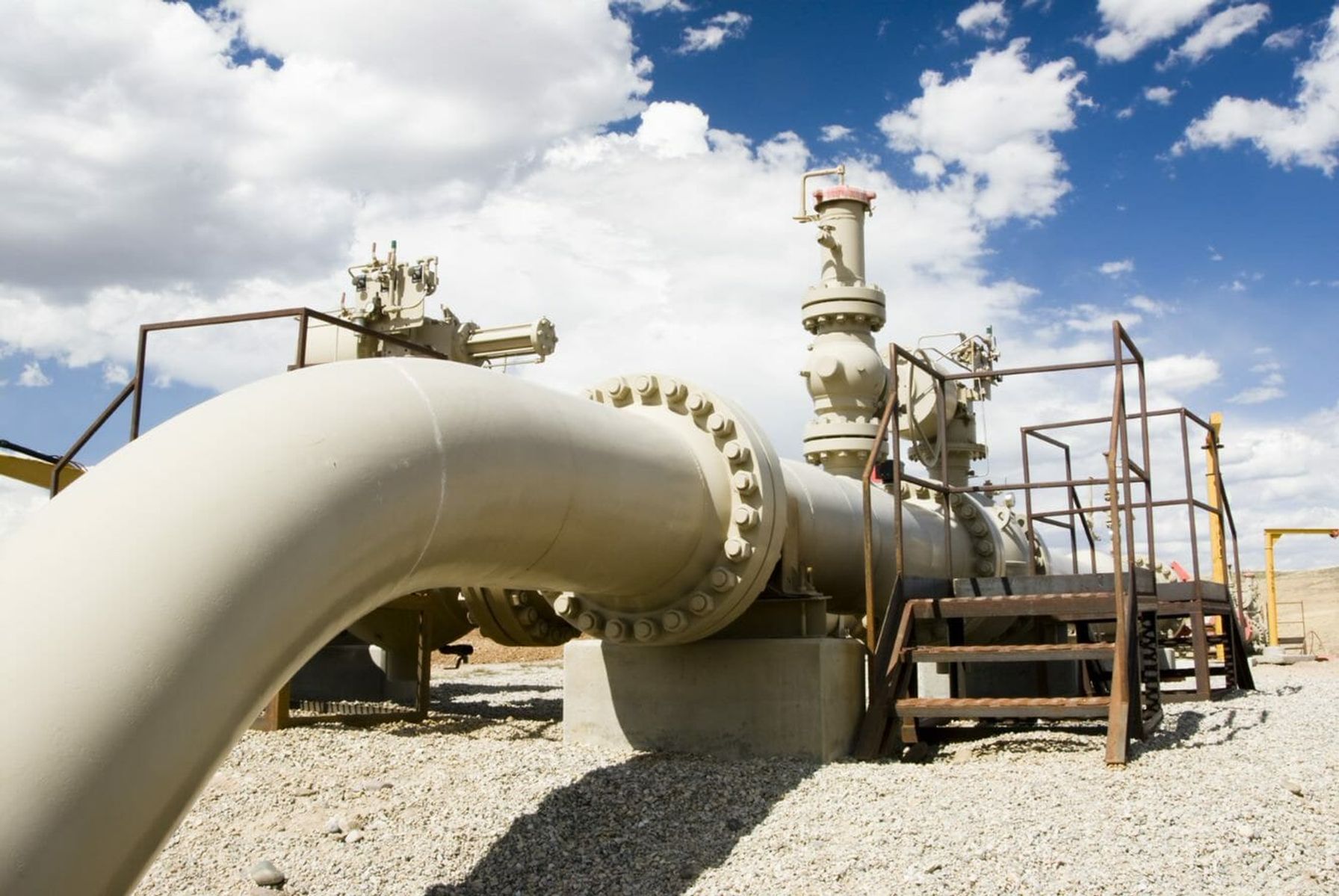
Earlier this week the Pipeline and Hazardous Materials Safety Administration published two important new regulations: the Safety of Hazardous Liquid Pipelines rule and the Safety of Gas Transmission Pipelines: MAOP Reconfirmation, Expansion of Assessment Requirements, and Other Related Amendments rule.
Safety of Hazardous Liquid Pipelines
PHMSA sent to the Federal Register for publication a final rule in response to congressional mandates, NTSB and GAO recommendations, lessons learned and public input. It is amending the pipeline safety regulations to improve the safety of pipelines transporting hazardous liquids.
New Requirements
- Extending reporting requirements to certain hazardous liquid gravity and rural gathering lines.
- Requiring the inspection of pipelines in areas affected by extreme weather and natural disasters.
- Requiring integrity assessments at least once every 10 years for onshore hazardous liquid pipeline segments located outside of high consequence areas and that are “piggable.”
- Extending the required use of leak detection systems beyond high consequence areas to all regulated, non-gathering hazardous liquid pipelines.
- Requiring that all pipelines in or affecting high consequence areas be capable of accommodating in-line inspection tools within 20 years (unless the basic construction of a pipeline cannot be modified to permit that accommodation).
Additionally, PHMSA is clarifying other regulations and is incorporating Sections 14 and 25 of the PIPES Act of 2016 to improve regulatory certainty and compliance. The effective date of this final rule is nine months after date of publication in the Federal Register.
Safety of Gas Transmission Pipelines: MAOP Reconfirmation, Expansion of Assessment Requirements, and Other Related Amendments
PHMSA is revising the Federal Pipeline Safety Regulations to improve the safety of onshore gas transmission pipelines. This final rule addresses congressional mandates and National Transportation Safety Board recommendations and responds to public input. This rule has been broken into three phases and as such this publication is specific to Phase One. The subsequent phases have planned publication in 2020.
New Requirements – Phase One
- New integrity management requirements.
- Specific actions an operator must take to reconfirm the maximum allowable operating pressure of previously untested natural gas transmission pipelines and pipelines lacking certain material records.
- The periodic assessment of pipelines in Moderate Consequence Areas – areas not designated as High Consequence Areas.
- The reporting of exceedances of maximum allowable operating pressure.
- The consideration of seismicity as a risk factor in integrity management.
- Safety features on in-line inspection launchers and receivers.
- 6-month grace period for 7-calendar-year integrity management reassessment intervals, and related recordkeeping provisions.
The effective date of this final rule will be nine months after date of publication in the Federal Register. The incorporation by reference of certain publications listed in the rule is approved by the Director of the Federal Register as of nine months after date of publication in the Federal Register. The incorporation by reference of ASME/ANSI B31.8S was approved by the Director of the Federal Register as of January 14, 2004.
How TRC Can Help
The pipeline safety regulations and standards highlighted here are two of many we have seen recently and there are more to come that will affect large diameter transmission pipe, smaller gathering lines and even design requirements for distribution and utilities. Since these rules are mandated safety requirements, pipeline operators are implementing new practices and expanding integrity management principals beyond HCAs. It is crucial that during these changes that operators define objectives and create a plan.
TRC’s process of Strategic Advisory Service (SAS) Assessment is the first step in cost-effective compliance planning and execution. Our clients find value in the Discovery Workshop, Gap Analysis and Roadmap Action Plan with Management of Change (MOC) principals to ensure current and future compliance to the rule.
TRC’s powerhouse team of former regulators and integrity industry leaders helps clients create a plan by gathering intelligence from all stakeholders, defining compliance and business goals then providing guidance on getting and staying in the rule. The new rules and standards will increase pipeline safety and create an opportunity for operators to manage and prioritize their operations effectively and efficiently by the added value of integrating processes, data, records and stakeholders.
Understanding and achieving PHMSA’s requirements for documenting MAOP records as traceable, verifiable and complete (TVC) can be strenuous for pipeline operators. Often record discovery, scanning/indexing and record data management is beyond the in-house manpower available for this type of work. Most of the time pipeline operators or service providers will focus on incorrect data. Time and money are wasted every day on utilizing the wrong variables to calculate MAOP. TRC has efficiently performed TVC work on more than 150,000 miles of pipeline to date with the guidance of our regulatory team. We regularly assist our clients with projects addressing specific portions of the rule and provide full scale comprehensive solutions to ensure compliance.
Resources
For more information, contact DeWitt Burdeaux, director of pipeline regulatory services, at dburdeaux@trccompanies.com; Mike LaMont, director of pipeline integrity services, at mlamont@trccompanies.com; or Monique Roberts, market director, pipeline integrity services, at mmroberts@trccompanies.com.